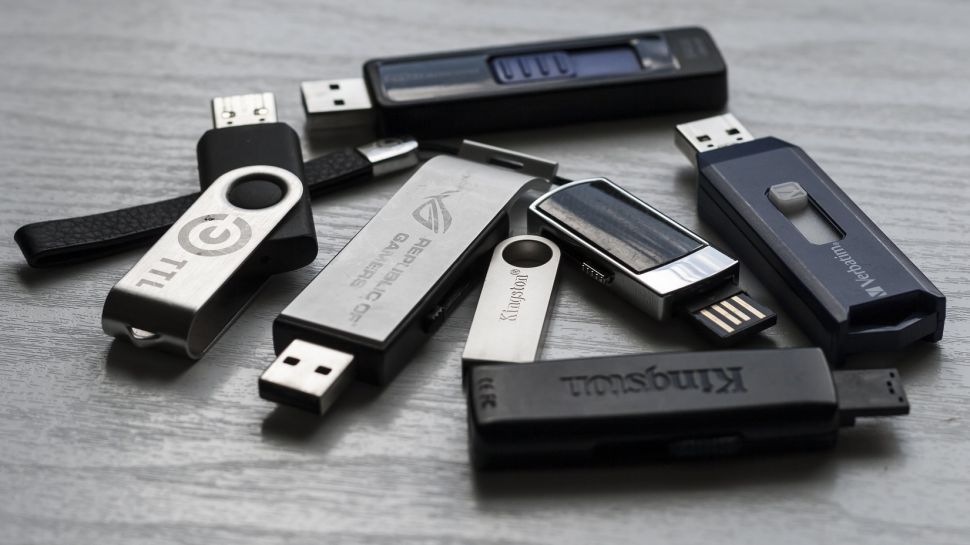

So let’s dive into how we discovered the MemTest bug, devised a reliable work-around, and get into some nitty gritty details of MemTest86 operation.

Once all the updates are installed, click on Windows Insider Program and click on Get Started. When the installation is complete, go to Settings>Update and Security and check for updates. When done, just boot from the USB and install Windows.

But there is good news: while normal operation of MemTest86 is limited under these new EFI updates, we also discovered some simple workarounds for testing your Apple’s memory in MemTest86. Write the ISO to a USB using Balena Etcher. Open Disk Utility app and format the USB drive with APFS or Mac OS Extended. Download Sierra or El Capitan OS from the App Store Step 2. Click on the Purchases tab, locate macOS Sierra and click the Download button. To create a bootable disk, you need to have the installer app. And backup the data in that USB drive as the installer erase all content from it. The installer application gets automatically erased after upgrading the Mac. In short, the newly updated EFI causes MemTest86 to incorrectly fail certain tests. Now connect an external flash drive with more than 16G free space. Find your target drive in the list on the left and select the Restore tab on the right. At Beetstech, we use a long-time industry standard, MemTest86 to perform a comprehensive test of each computer’s RAM.īut never the type to blindly accept test results, strange testing outcomes led us to discover a bug in MemTest86 affecting computers running the new EFI firmware. Mount your drive or disc of choice to your Mac and launch Disk Utility. However, these EFI updates can cause some unwanted behavior when you test your Apple computer’s memory. Several of the changes include: the introduction of the Apple File System, support for NVMe drives, and the usual batch of security updates. With macOS 10.13, otherwise known as High Sierra, Apple introduced an ambitious EFI update.


 0 kommentar(er)
0 kommentar(er)
